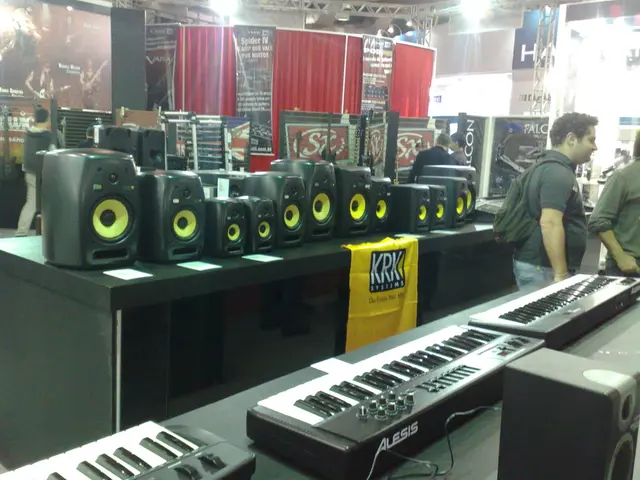Europe's Potential Adoption of BYD's Electric Urban Vehicle?
The European automotive market is witnessing a new wave of competition, as Chinese manufacturers are introducing affordable electric vehicles (EVs) designed specifically for the city car segment. The BYD Dolphin Surf, Dacia Spring, and Leapmotor TO3 are among the city cars that could soon be seen on European roads.
The expansion of Chinese manufacturers into Europe is not a mere opportunistic move but an existential one, driven by intense competition and low profitability in China. As EU EV sales targets look challenging without the emergence of a mass market, these manufacturers are keen to fill the gap.
One of the standout contenders is the BYD Dolphin Surf. This city car boasts a top speed of 95 mph, accelerates from 0-60 mph in 8.9 seconds, and emits zero CO2 while driving. Under the hood, it features an electric motor of 154 hp, an automatic gearbox, a 43.2 kWh LFP blade battery, and a claimed range of 288 miles WLTP. The price of the BYD Dolphin Surf city car is £23,950 after tax (£32,200 without tax incentives).
However, Chinese manufacturers are unlikely to engage in a price war in Europe, according to Jamel Taganza, vice-president of French automotive consultancy Inovev. Instead, they aim for long-term strategic intent, targeting future growth in the EV market.
The potential market for small EV city cars in Europe is approximately 30,000 units worth €750 million ($875 million) annually. Competition from established European manufacturers such as Volkswagen and Renault is preparing to enter the market, but the market has at least five years to meet the targets if they remain unchanged.
While small EV city cars alone cannot significantly advance Europe towards its 2030 emissions targets, according to Putz, they can still contribute. The city car sector, while not making a crucial difference to the EU emissions regime, can still play a role in encouraging the adoption of electric vehicles among citizens who might otherwise be priced out of the market.
The emergence of affordable, little city cars might just save the EU's struggle to push its citizens into electric cars they can afford. As the EU targets for carmakers increase, from 28% EV sales in 2025 to approximately 80% by 2030 and 100% by 2035, the need for affordable EVs is more pressing than ever.
Meanwhile, the EU's 2035 CO2 agenda is facing resistance from European carmakers. The extent of this dilution is not yet clear, but it remains to be seen how this will impact the market for affordable EVs in the coming years.
As the race to electrify the automotive industry heats up, the stage is set for an exciting showdown between Chinese and European manufacturers. The future of the European EV market could well be decided by the success or failure of these affordable city cars.
Read also:
- Peptide YY (PYY): Exploring its Role in Appetite Suppression, Intestinal Health, and Cognitive Links
- Toddler Health: Rotavirus Signs, Origins, and Potential Complications
- Digestive issues and heart discomfort: Root causes and associated health conditions
- House Infernos: Deadly Hazards Surpassing the Flames








